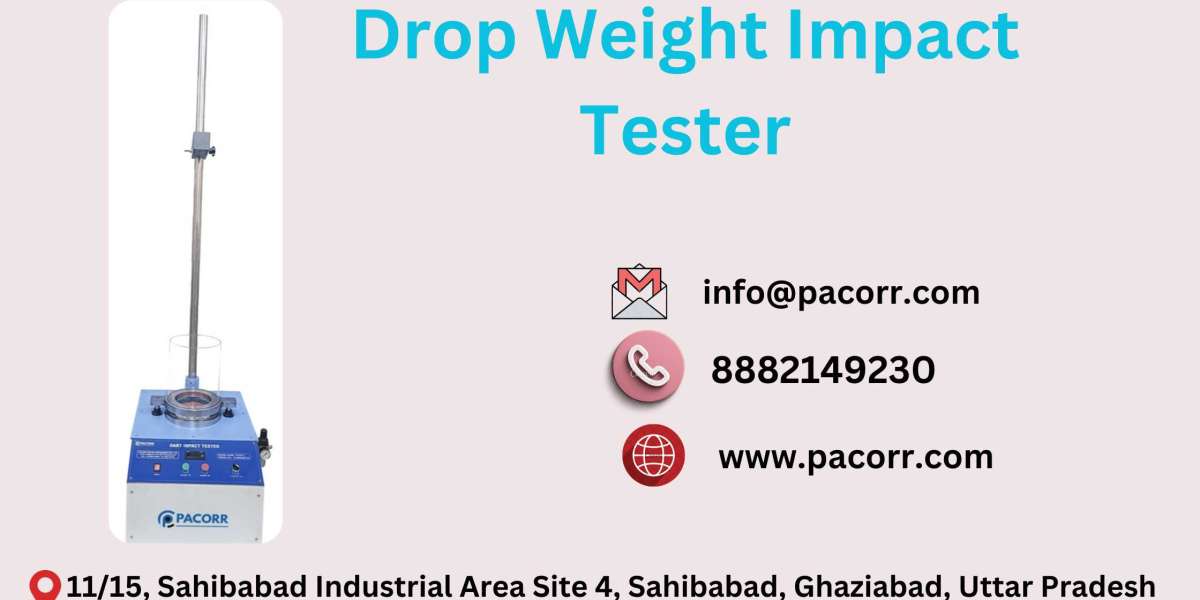Refrigeration is fundamental in preserving food, slowing down spoilage, and maintaining freshness, particularly in commercial settings like restaurants, grocery stores, and hotels. With the right refrigeration equipment, businesses can significantly extend the shelf life of food, reduce waste, and maintain the highest standards of food safety. Here’s a closer look at how refrigeration impacts food freshness and what types of equipment make a difference.
1. How Refrigeration Slows Spoilage
Spoilage is a natural process resulting from microbial activity and enzymatic reactions in food. When food is stored at warmer temperatures, these reactions occur more rapidly, leading to decay and quality deterioration. Refrigeration slows down these processes by lowering the temperature, which:
- Inhibits Bacterial Growth: Harmful bacteria multiply faster at temperatures above 40°F (4°C). Keeping food below this temperature slows bacterial growth, reducing the risk of spoilage and foodborne illnesses.
- Preserves Nutrients: Nutrients in food, such as vitamins and antioxidants, degrade over time and are especially vulnerable to heat. By maintaining a cooler environment, refrigeration helps retain these valuable nutrients.
- Maintains Texture and Flavor: Temperature fluctuations can cause food to lose moisture and texture. Proper refrigeration keeps food fresh and minimizes the loss of flavor and texture.
2. Types of Refrigeration Equipment for Maximum Freshness
Different types of refrigeration equipment cater to various storage needs, ensuring that all food types remain fresh and safe for consumption. Selecting the right refrigeration equipment is crucial for food businesses looking to maintain quality and reduce spoilage.
Walk-In Coolers and Freezers
- Best for Bulk Storage: Walk-in coolers and freezers are designed for large-scale storage, ideal for restaurants or hotels that need to keep bulk ingredients fresh.
- Consistent Temperature Control: These units allow for better temperature regulation, which is essential for preserving meats, dairy products, and vegetables.
- Organized Storage: Walk-in units typically offer more space for organized storage, which makes it easy to rotate stock and avoid cross-contamination.
Reach-In Refrigerators
- Convenient for Daily Use: Reach-in refrigerators are a staple in restaurant kitchens and are perfect for storing items frequently accessed by staff.
- Temperature Stability: They’re designed to keep a steady temperature, which is essential for foods like dairy, fruits, and vegetables that require consistent cooling.
- Energy Efficiency: Modern reach-in refrigerators often come with energy-efficient features, helping businesses maintain freshness without driving up utility costs.
Display Cases
- Ideal for Retail Environments: Display cases allow customers to see food items like deli meats, cheeses, and baked goods while keeping them cool and fresh.
- Optimal Temperature and Humidity Control: Display cases offer both temperature and humidity control, which is particularly important for preventing dehydration of fresh foods like cakes and pastries.
- Aesthetic Appeal: Presentation matters, and display cases help showcase products while preserving their freshness, which can attract customers and drive sales.
Blast Chillers
- Fast Cooling for Freshness: Blast chillers rapidly reduce the temperature of freshly cooked food, preserving both texture and nutritional quality.
- Ideal for Food Safety: They help prevent bacterial growth by quickly bringing food to safe temperatures, which is essential in commercial kitchens where food is prepared in batches.
- Extended Shelf Life: Blast chilling minimizes water loss and reduces freezer burn, making it ideal for businesses that need to store food for extended periods without compromising quality.
3. The Role of Temperature and Humidity in Food Preservation
Both temperature and humidity play a critical role in how well refrigeration equipment preserves food freshness. Different foods have varying ideal temperature and humidity requirements:
- Low Humidity for Meat and Dairy: Meats, poultry, and dairy products require low humidity and cold temperatures to prevent bacterial growth. Most commercial refrigeration units come equipped with adjustable humidity settings for these items.
- Higher Humidity for Fruits and Vegetables: Fruits and vegetables retain freshness best at a higher humidity level, which prevents them from drying out. Proper refrigeration equipment will allow humidity adjustment to suit the needs of produce.
- Constant Monitoring: Regular temperature and humidity checks ensure the refrigeration units are operating correctly, keeping food at the safest conditions and preserving freshness.
4. Choosing Energy-Efficient Refrigeration Equipment
Energy efficiency is crucial in maintaining food freshness while managing operational costs. Energy-efficient refrigeration equipment offers several benefits:
- Consistent Temperature Control: Energy-efficient models maintain temperature more consistently, which is essential for food safety and quality.
- Reduced Operational Costs: Lower energy consumption means reduced electricity costs, which is a significant factor for businesses that rely on large refrigeration units.
- Eco-Friendly Option: Many energy-efficient units use refrigerants with lower global warming potential, supporting both environmental sustainability and food preservation.
5. Proper Maintenance to Maximize Equipment Efficiency
Maintaining refrigeration equipment properly is essential for maximizing its effectiveness and ensuring food stays fresh. Some maintenance tips to consider include:
- Regular Cleaning: Dirty coils and condenser fans can cause refrigeration units to work harder, resulting in uneven cooling. Routine cleaning keeps them functioning optimally.
- Check Seals and Gaskets: Door seals and gaskets can wear out over time, allowing warm air to enter the unit. Inspecting and replacing them as needed will help maintain a consistent temperature.
- Temperature Monitoring Systems: Digital monitors allow you to track temperature changes and address issues before they impact food freshness.
6. The Benefits of High-Quality Refrigeration Equipment for Food Businesses
Investing in high-quality refrigeration equipment is essential for food businesses aiming to maximize freshness and reduce waste. The key benefits include:
- Extended Shelf Life: Proper refrigeration prevents premature spoilage, giving businesses more time to use or sell products, which can save money and reduce waste.
- Higher Customer Satisfaction: Fresh, high-quality food keeps customers satisfied and boosts a business’s reputation, especially in restaurants or hotels.
- Compliance with Food Safety Standards: Adhering to food safety regulations requires keeping perishables at safe temperatures. Reliable refrigeration equipment helps businesses comply with these standards and avoid health risks.
Final Thoughts
The right refrigeration equipment can make all the difference in preserving food freshness, reducing waste, and maintaining food safety. From blast chillers for fast cooling to display cases for retail, selecting and maintaining the best refrigeration units ensures that food businesses can offer top-quality products to their customers. By understanding the science of refrigeration and investing in high-quality equipment, businesses can provide a superior experience, foster customer loyalty, and optimize their operations for long-term success.








